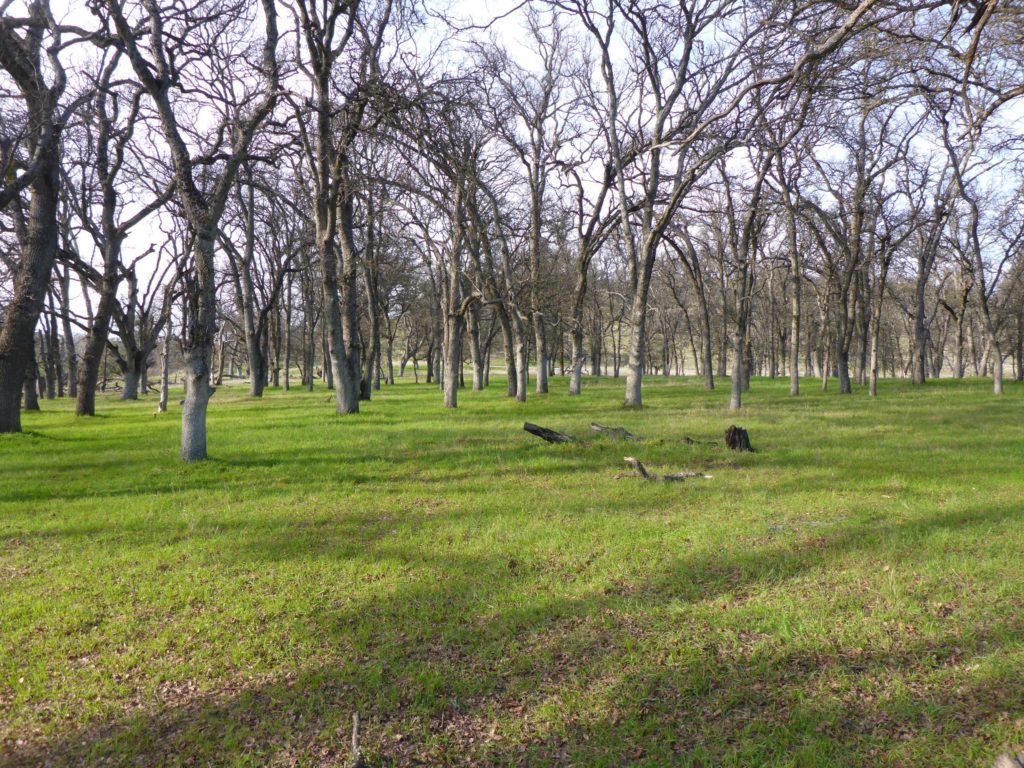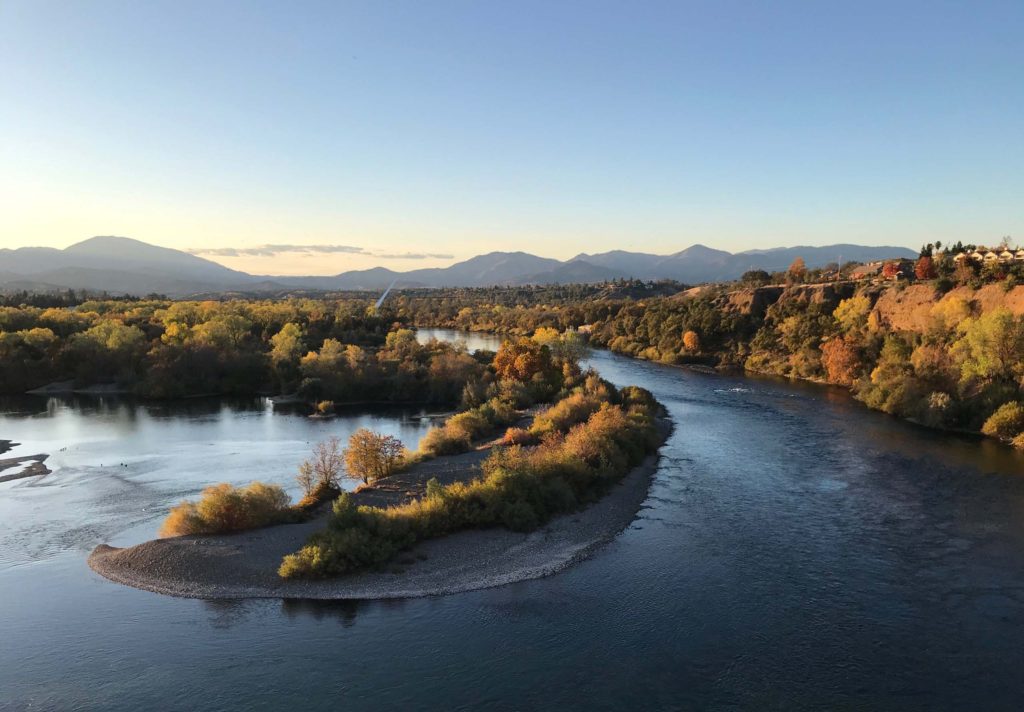
State Senate Bill to require mitigation of oak tree in developments
A new California Senate Bill 1404, authored by Senator Henry Stern and recently introduced in the Senate, will require mitigation for the removal of three or more oak trees under any project subject to the California Environmental Quality Act (CEQA). This would apply to any agency, whether city, county, or regional.
This is exciting news because many California cities and counties do not have tree protection ordinances or they are so weak that they are mere window dressing (e.g., drive by the new Costco site in Redding). Tehama County and Shasta County tree ordinances are entirely voluntary, although the Shasta County Planning Department does work to get oak trees preserved on various projects.
This bill will likely be amended as it goes through the legislative process; however, it is a welcome sign to see this recognition of the weakness of CEQA when certain local agencies could care less about oak trees.

Redding Planning Commission approves lot split around vernal pools
On March 22, 2022, the Redding Planning Commission approved a lot split around a five-acre vernal pool south of Hartnell Avenue, south of Shasta Bible College. The lot split was initially approved by the City’s Board of Administrative Review (BAR), but the decision was appealed to the Planning Commission by neighbors and supported by Shasta Environmental Alliance. The three-way lot split on this 30-acre parcel created a center lot containing a large vernal pool with only a 50-foot buffer, and residential lots on either side. The residential lots are zoned RM15 and will most likely be developed with apartments.
This three-lot split is exempt from CEQA review unless the following apply:
CEQA Section 15300.2. Exceptions:
“Location. …a project that is ordinarily insignificant in its impact on the environment may in a particularly sensitive environment be significant… ” Statewide, over 90% of vernal pools have disappeared due to development, and many others are threatened. The Hartnell Avenue vernal pool is particularly sensitive as it supports five species of concern: slender Orcutt grass, Red Bluff dwarf rush, Henderson’s bentgrass, vernal pool fairy shrimp, and vernal pool tadpole shrimp. Three are listed as threatened or endangered by US Fish and Wildlife Service and/or California Department of Fish and Wildlife, one is on List 1B.1 (plants rare, threatened or endangered in California and elsewhere—seriously threatened in California) and one is currently being considered for elevation to List 1B status.
“Significant Effect. A categorical exemption shall not be used for an activity where there is a reasonable possibility that the activity will have a significant effect on the environment due to unusual circumstances.” The properties surrounding the vernal pool will most likely be apartments. The surface and subsurface runoff of insecticides, herbicides, and other chemicals would adversely affect the species in the pool and the surrounding “upland,” where the very important solitary bees have their larvae in underground holes. Larger upland buffers are needed to provide habitat for these vernal pool associates, as well as to filter pollutants from the surrounding development, equipment, cars, etc. Planning Manager Lily Toy did say that the remainder parcels would have deed restrictions on them requiring an as yet unspecified distance from the vernal pools. Planning approved the three-way lot split 6-1.

Turtle Bay land sale
The City of Redding recently received approval from the state that they can list the land encompassing the Redding Rodeo grounds and the Civic Auditorium as Surplus Property. Then, the city can put the approximately 45 acres up for sale. The City Council will be having a vote on this on April 19 according to my inside sources, but meeting agendas can change.
Based on the offer to buy the property by Populous, K-2, and McConnell, this would be a very large development that could adversely affect the immediate area and surrounding parcels and the natural areas to the east of Turtle Bay Museum, the Sacramento River, and riparian areas.
Some groups feel that an Environmental Impact Report and a Master Plan for the area should be completed before the land could be sold. The developers have not presented the council with any real plans, but have stated that there will be retail stores, restaurants, and possible housing, and that the development will bring many tourists and become a destination for travelers.
If you are opposed to the sale of this public property to private developers for profit, now is the time to send your emails of opposition to the City Council. You can send emails to Mayor Kristen Schreder at kschreder@cityofredding.org, listing Turtle Bay Land Sale as the subject of your email. You can go to the City’s website at cityofredding.org to get all Council Members’ addresses and address them separately. ~David Ledger, Conservation Committee Chair

